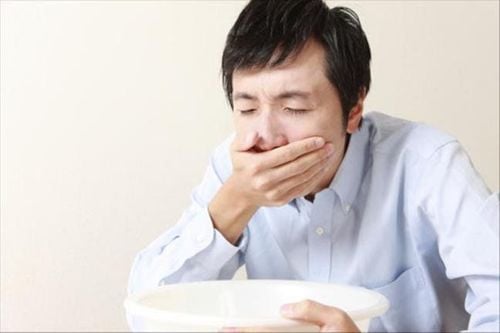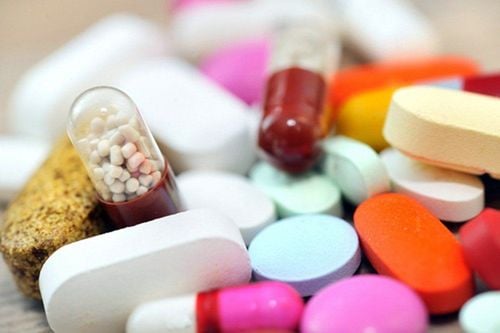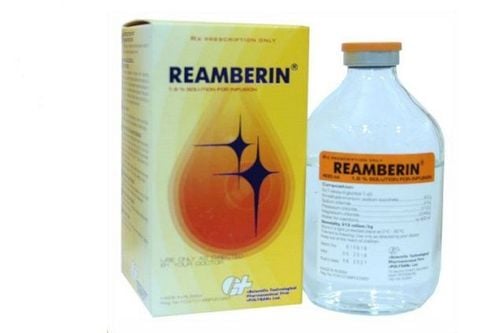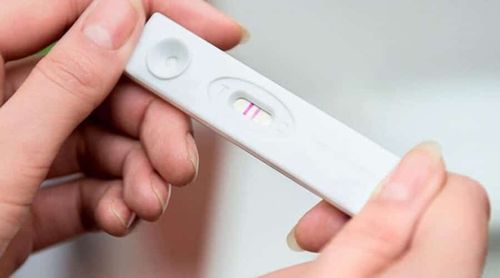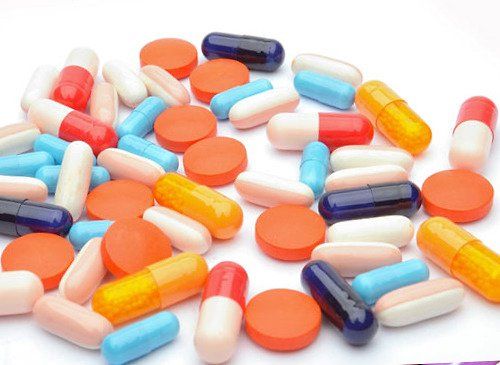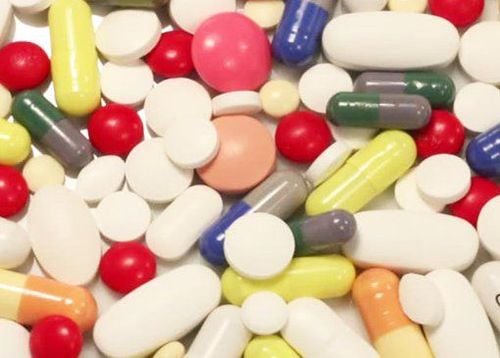This is an automatically translated article.
Food poisoning is a condition where a sick person accidentally eats contaminated food. One of the most recognizable signs is acute abdominal pain. However, many people are still confused about what to do when they have food poisoning.
1. Signs of stomach pain caused by food poisoning
When suffering from food poisoning, patients often have typical symptoms such as:
Abdominal pain intermittently with diarrhea (loose or bloody stools); Fever, chills; Fatigue, weakness; Vomiting, nausea; Anorexia; Dizziness, headache, trouble breathing; Muscle pain. Usually, the manifestations of food poisoning can occur after a few minutes, a few hours, even 1-2 days after consuming the food. However, if you see the body has more abnormal symptoms such as: confusion, respiratory failure, convulsions, cannot induce vomiting, suspect botulism poisoning. If you go out with blood in 24 hours... then you need to take the victim to the nearest medical facility for support.
Based on the clinical assessment, the doctor may assign the patient a number of techniques such as blood test, stool culture (fecal test) ... to look for the presence of pathogenic microorganisms, thereby determining the exact cause of poisoning and having appropriate treatment.
2. Food poisoning what to do?
Mild food poisoning will make the patient tired, weak, severe, it can be fatal. Therefore, knowing how to give first aid to food poisoning is an important step to help prevent serious consequences and save the life of the patient. First aid measures for food poisoning include:
2.1. Food poisoning often causes symptoms such as: abdominal pain, diarrhea, vomiting ... And the most important thing at this time is to help the patient take the poison out of the body. as quickly as possible, avoid letting poison penetrate deep into the body, slap and cause harm.
Inducing vomiting is often applied to patients who are still awake and have symptoms of wanting to vomit right after eating contaminated food. At this time, it is necessary to use all measures to make the patient vomit all the food he has eaten, vomit as much as possible. For example: Give the patient a glass of diluted salt water and then use the index finger to hook the throat (throat) at the corner of the tongue near the throat to stimulate the feeling of vomiting in the patient.
2.2. Let the patient rest and drink plenty of fluids If a person with food poisoning vomits and has diarrhea many times, dehydration may occur. At this point, the patient should rest and drink plenty of fluids to prevent dehydration. Note: For young children, they should drink water in small sips to rehydrate them step by step.
2.3. Give Oresol If the patient has diarrhea or has only diarrhea, the most important thing is to try to replace lost fluids and salts. One of the most effective ways is to use Oresol electrolyte replacement solution. This method not only helps the body to replace the lost water but also helps to dilute the toxins in the body.
However, family members should pay attention to carefully read the instructions for using Oresol, mix water according to the indicated dosage, do not use the mixed solution for more than 24 hours, do not boil the solution...
2.4. Put the patient on their back, with their head low Sometimes food poisoning patients will have difficulty breathing, choking. At this time, the first aid person should use clean hands to pull the patient's tongue out (avoid falling in) and help the patient breathe easier.
2.5. Maintain heart rate monitoring In case of severe food poisoning, the patient may have signs such as shortness of breath, arrhythmia or low blood pressure. It is necessary to maintain the patient's heart rate monitoring for timely treatment.
2.6. Take the patient to a medical facility After carrying out the first aid procedure for food poisoning including ways to induce vomiting, replace electrolytes and water,... even if the patient's condition shows signs of alertness, it is still necessary to take the patient to a medical facility. be taken to the nearest medical facilities for examination and to take emergency steps when necessary.
3. Pay attention to patient care after poisoning
After the stomach pain due to food poisoning subsides, the patient should note:
Eat and drink slowly again with soft, light, pale, easy-to-digest foods such as bananas, bread, rice. ... However, you should not eat too full because it can cause overload due to weak digestive system; Stop eating if nausea returns. But also avoid abstinence, fasting, fear of eating after food poisoning because this will make the body weak; Avoid consuming dairy products, raw vegetables, alcohol, caffeine, nicotine, fatty or spicy foods for a few days; If the body is uncomfortable, consider taking Acetaminophen. However, people with liver disease should consult a doctor before taking the drug; Antidiarrheal drugs should not be used as they can slow down the removal of bacteria from the digestive organs.
Please dial HOTLINE for more information or register for an appointment HERE. Download MyVinmec app to make appointments faster and to manage your bookings easily.




